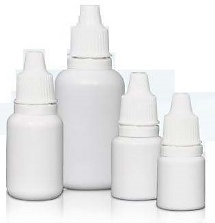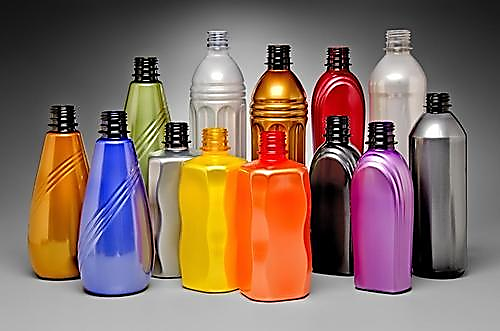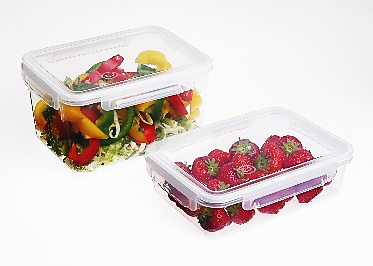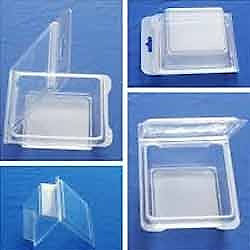What you should know about plastic packaging

Plastic packaging is used in a variety of products, from food and beverages to personal care and hygiene products due to their important properties. Unlike consumer impressions, plastic packaging is environmentally friendly and even evolves to have an improved ecological footprint, and incorporates innovations that make it even more user-friendly and functional.
The main properties of plastic packaging are as follows:
- They can withstand the difficulties along the supply chain.
- They prevent product alterations that are due to weather and environmental factors. Thus, they maintain freshness, taste and aroma of the product and extend its life on
 the shelf
the shelf - Ease of sterilization
- Light weight, which entails lower transport and energy costs, as well as waste reduction.
- Very good aesthetic result. Plastic packaging can be transparent, reminiscent of glass and gives a premium feel to the product, while allowing the consumer to look at their contents closely. They can also be colored or decorated with labels (e.g. shrink sleeve) or other elaborate graphic designs through specific printing techniques.
- Flexibility and adaptability. They can be manufactured in various shapes and sizes.
- Recyclability and reuse. Less material is used to make packages compared to other materials, such as paper, metal and glass, plus that it produces less environmentally harmful substances than the rest materials. In addition, plastic packaging can be recycled and reused more often than paper and glass. In this context it is underlined that:

- Most Americans recycle plastic packaging after use, and in 2013 in the US, 27% of used plastic packaging was recycled, while in 2014 a total of 1.36 billion kg of plastic bottles were recycled.
- At European level, more than 50% of all European products are packaged in plastics, while the recycling rate of plastic packaging reached almost 69.2% in 2014.
The most common types of plastic used in product packaging are:
- High density polyethylene (HDPE). It is one of the most commonly used types of plastic especially for the manufacture of plastic bottles and containers. It is suitable for short-lasting products such as milk and chemicals such as detergents.
- Low density polyethylene (LDPE). It is mainly used in film making. It is popular for
 solutions where heat sealing is needed. It is also used to make flexible bottle caps.
solutions where heat sealing is needed. It is also used to make flexible bottle caps. - Polyethylene terephthalate (PET, PETE). It is commonly used for the manufacture of
 beverage bottles as well as injection-molded containers for consumer products. PET is one of the most well-known and widely used plastics and is fully recyclable. It is still very versatile, as it can be produced in various shapes and sizes.
beverage bottles as well as injection-molded containers for consumer products. PET is one of the most well-known and widely used plastics and is fully recyclable. It is still very versatile, as it can be produced in various shapes and sizes.
Polypropylene (PP). It has good chemical resistance and high melting point which makes it suitable for hot- filling. It is used in both flexible and rigid plastic packaging as well as in the automotive and consumer products. - Polystyrene (PS). It is a plastic that is easily adaptable
 according to the intended use and can be rigid or foam. It is hard and brittle,
according to the intended use and can be rigid or foam. It is hard and brittle,  and has a relatively low melting point. It is used in food packaging, bottles and food containers.
and has a relatively low melting point. It is used in food packaging, bottles and food containers. - Polyvinyl chloride (PVC, vinyl). It has good chemical resistance, weather resistance, and stable electrical properties.
Industries that use widely plastic packaging

Sources: www.plasticpackagingfacts.org, www.packagingeurope.com, www.plasticseurope.org, www.packagingnews.co.uk, www.packagingdigest.com, www.bpf.co.uk, www.plasticsinpackaging.com, www.plastics.com
